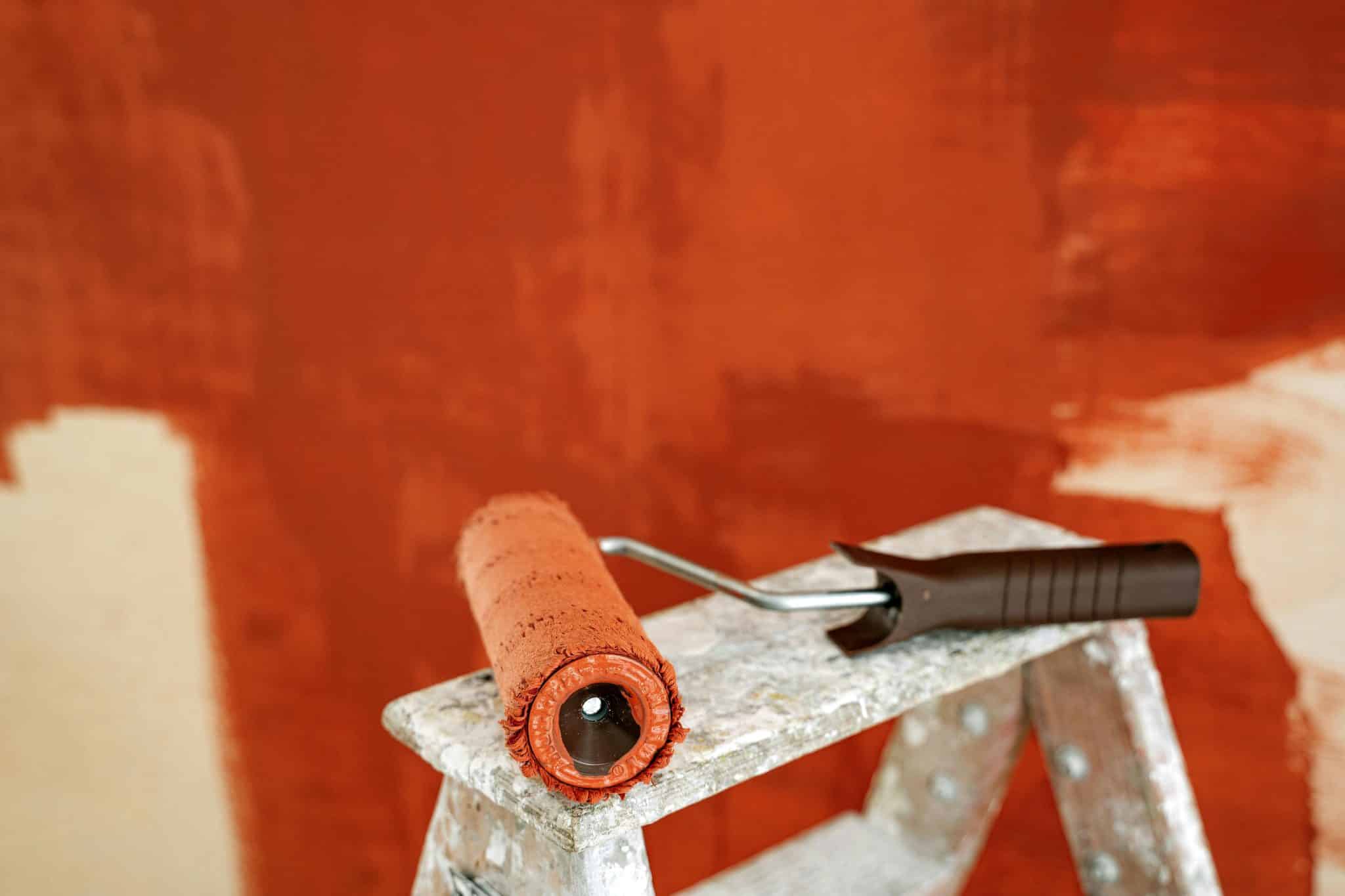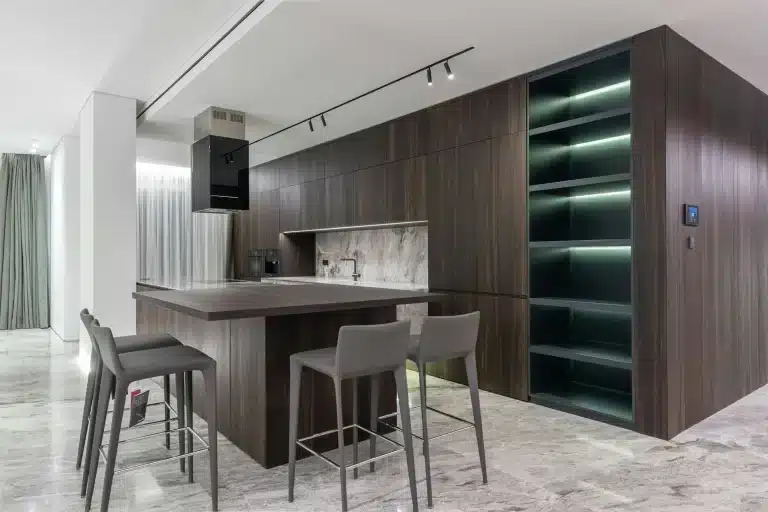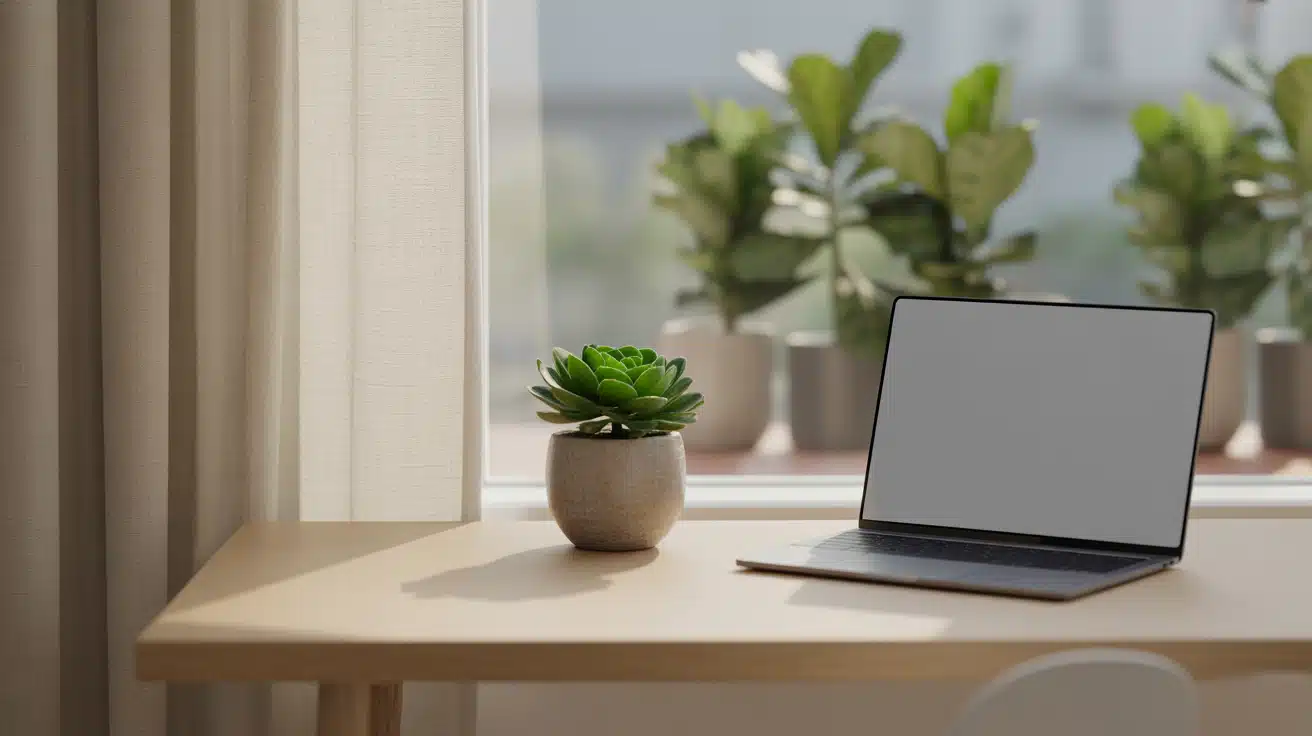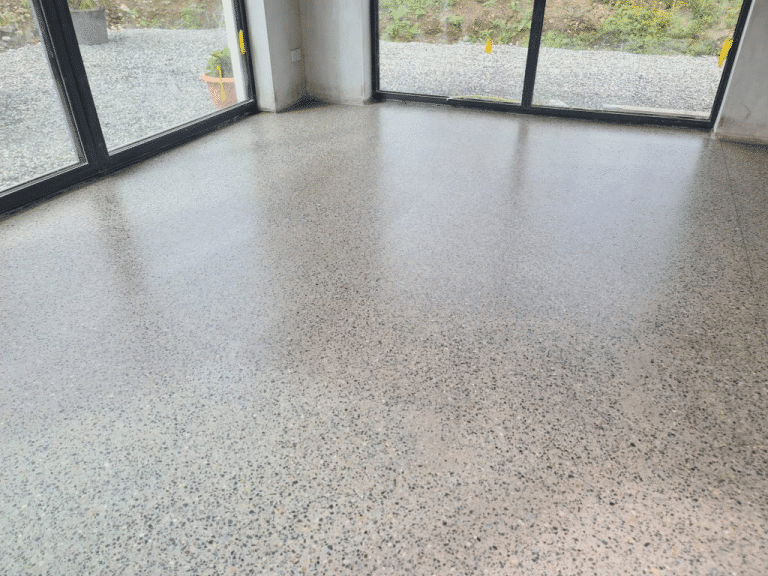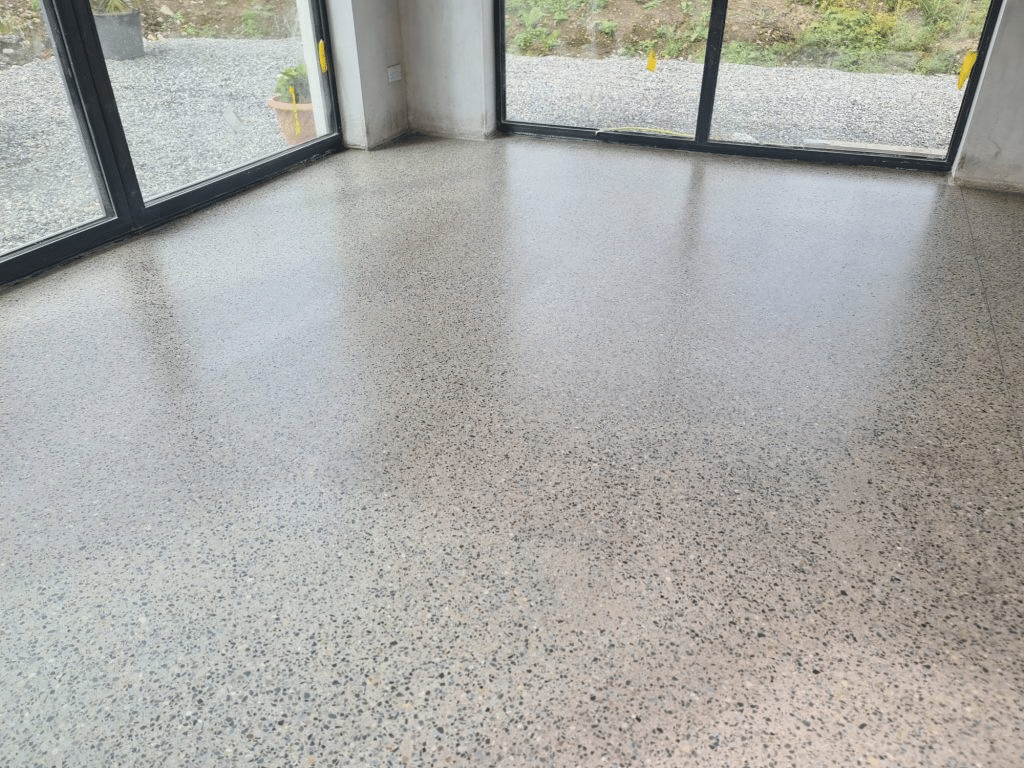Ever realised how the most daunting chores feel far less painful when everything is right where you need it? You reach out for that go-to spray or soft cloth, and suddenly, there it is, no rummaging required.
Forget the frantic cabinet shuffle. Having a setup that actually makes sense will eliminate the usual hassle and make dealing with everyday mishaps feel far less dramatic.
So, if you’re keen to bring a bit more order to the chaos, here’s how to simplify the whole thing without overthinking it.
Lay It All Out
Before you start stacking, labelling, or colour-coding like a home organisation guru, take a minute to see what you’re actually working with. There’s no point in storing five half-empty bottles of the same window cleaner, right?
So, start by gathering up every bottle, wipe, and spray lurking around your place. Lay it all out somewhere flat, like the dining table, the kitchen bench, or wherever you’ve got room to spread your supplies out without knocking over the dog’s water bowl.
Then, group things based on their usual use, like what you’d grab for the sink or what belongs near the loo. You’ll probably find a few half-used bottles of disinfectant from 2017, or three different multi-purpose sprays that all promise to do the same thing.
From there, toss anything that’s past its prime or completely empty. Then, create a simple list of what you need to keep.
This groundwork will prevent unnecessary purchases and highlight gaps in your cleaning arsenal. You might even discover a bottle of wood polish you thought you’d run out of months ago!
Choose the Right Storage Solutions
Your storage containers should match both your space and personal preferences. For example, small apartments call for different solutions than sprawling houses with dedicated utility rooms.
Transparent containers make it really easy to see what’s inside. Glass jars and clear plastic bins let you spot what you need instantly, eliminating guesswork during busy cleaning sessions.
For extra convenience, consider portable caddies, especially if you have multiple floors or rooms. These carriers let you transport essentials efficiently without making countless trips back and forth to your storage area.
If your floor space is limited, think vertically. Wall-mounted shelves, over-door organisers, and stackable units maximise storage potential without cluttering walkways.
And if you prefer more environmentally thoughtful picks, bamboo compartments or boxes made from repurposed materials can do the trick. They’re both functional and greener choices.
Label Everything
Clear labelling can turn an ordinary cupboard into a system that basically runs itself. Big, bold text is your best bet here, since you’ll be able to grab what you need in seconds, even when you’re mid-clean and running on caffeine and determination.
Colour coding adds another layer of organisation. You can use blue for bathroom products, green for kitchen cleaners, and yellow for general household items.
This visual system will help you find and return items to their places. It’ll also stop someone else in the house from accidentally using the toilet cleaner on the benchtop.
If you plan to store your products somewhere humid, like the laundry or bathroom, make sure your labels can handle splashes. Regular paper ones will curl up faster than week-old lettuce.
Instead, go for waterproof labels or cover them with clear tape. This will save you from having to re-stick the whole lot every few weeks.
Prioritise What You Use
Now, let’s make sure your setup really works for you, not against you. The trick is to put the things you use most within easy reach and stash the occasional-use ones a little further back.
So, grab your everyday essentials, including the sprays, cloths, sponges, and disinfectants you reach for without thinking.
These should live front and centre, somewhere you can reach without needing to stretch or crouch. The space under the sink is a classic spot, but a handy shelf in the laundry room or a caddy you can grab and go works just as well.
As for your silver polish or that speciality spray you only use when your stainless steel fridge gets fingerprints all over it, store them on higher shelves or at the back of a cupboard.
You’ll still know where they are, but they won’t be getting in the way every time you reach for your multi-purpose cleaner.
It also helps to check your setup every now and then. When your routine changes or the weather shifts, it might be time to switch things up.
Create a Cleaning Supply Inventory
Now that your cleaning gear has found its happy place, let’s make sure you know what you have at all times.
Trust us, keeping track of what you’ve got will turn the mess into something way more manageable. So, document everything you own, including quantities and storage locations.
You can go old-school with pen and paper or use a quick spreadsheet or phone app if you prefer digital solutions.
And here’s a small but important step: get the whole household involved. If you’re the only one who knows where everything is, guess who’ll be getting called every time someone spills something? (Spoiler: it’s you.)
Instead, share your new system so everyone can find what they need and, ideally, put it back when they’re done.
Once your list is sorted, give yourself a pat on the back. You’ve basically created your own mini cleaning HQ. From here, it’s all about keeping things effortless to maintain.
Stick to Maintenance Routine
You’ve done the hard work by sorting, labelling, and organising your products. But you still need to keep things under control.
Set aside 15 minutes every month to check for anything running low and spot those half-empty sprays, expired disinfectants, and old sponges that have clearly seen some things.
If a product is past its prime, bin it. Outdated ones don’t clean properly, and some can even leave residues or damage surfaces.
Also, don’t forget to clean the storage area itself. Sticky shelves or dust bunnies can ruin the vibe of your otherwise spotless setup.
After you’re done, put everything back where it belongs. This will make a big difference, especially if you use a regular housekeeping service and want them to use your own safe, well-organised cleaning supplies.
Conclusion
No one out here is saying that organising your supplies will turn you into a new person. But it’ll make you feel like you have things under control for a bit, and sometimes, that’s all you need.
So, cue your favourite playlist, roll up your sleeves, and sort that cupboard out. You’ll thank yourself every time you don’t get ambushed by a forgotten spray bottle.












